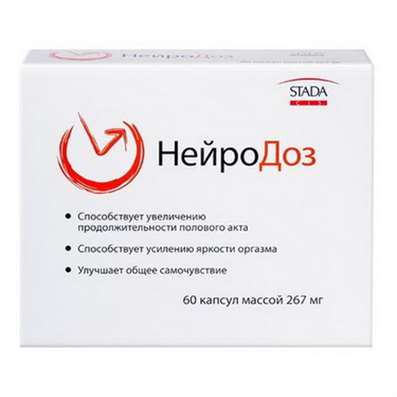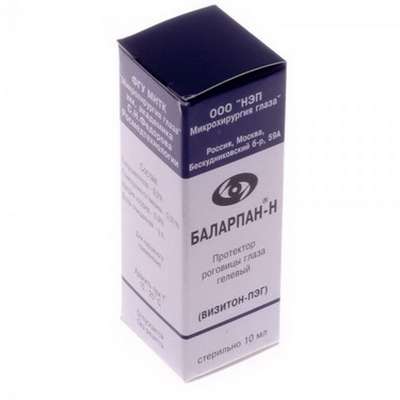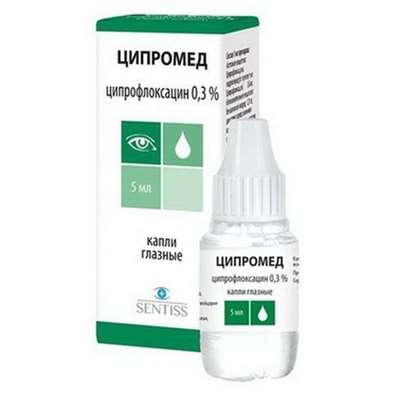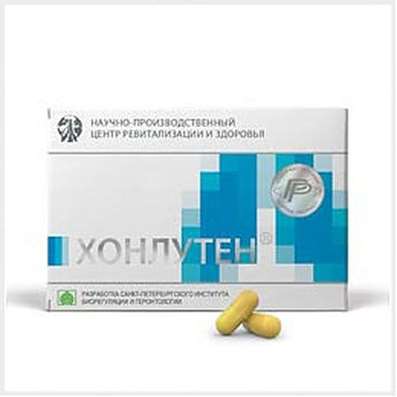Instruction for use: Theophylline
I want this, give me price
Trade name of the drug – Afonilum SR, Ventax, Diffumal 24, Retafyl, Spophyllin retard 100, Spophyllin retard 250, Theopec, Teotard, Theostat, Theophylline, Theophylline anhydrous, Euphylong
The Latin name of the substance Theophylline
Theophyllinum (genus. Theophyllini)
Chemical name
1,3-Dimethylxanthine
Gross Formula
C7H8N4O2
Pharmacological group:
Adenosinergic agents
The nosological classification (ICD-10)
J43 Emphysema: Interstitial emphysema; Emphysema of the lungs; Chronic lung diseases; Chronic Obstructive Pulmonary Diseases; Obstructive emphysema of the lungs; Chronic emphysema of the lungs; Chronic obstructive pulmonary emphysema
J44 Other chronic obstructive pulmonary disease: Allergic bronchitis; Bronchitis allergic; Asthmatic bronchitis; Bronchitis obstructive; Disease of the bronchi; Difficult sputum separation in acute and chronic respiratory diseases; Cough with inflammatory diseases of the lungs and bronchi; Reversible bronchial obstruction; Reversible obstructive airway disease; Obstructive bronchial disease; Obstructive pulmonary disease; Obstructive bronchitis; Spastic bronchitis; Chronic lung diseases; Chronic nonspecific lung diseases; Chronic Obstructive Pulmonary Diseases; Chronic obstructive bronchitis; Chronic obstructive airways disease; Chronic obstructive pulmonary disease; Restrictive pathology of the lungs
J45 Asthma: Asthma of physical effort; Asthmatic conditions; Bronchial asthma; Bronchial asthma of light course; Bronchial asthma with difficulty in sputum discharge; Bronchial asthma of severe course; Bronchial asthma physical effort; Hypersecretory asthma; The hormone-dependent form of bronchial asthma; Curbing asthma attacks with bronchial asthma; Non-allergic bronchial asthma; Night Asthma; Exacerbation of bronchial asthma; Attack of bronchial asthma; Endogenous forms of asthma; Night attacks of asthma; Cough with bronchial asthma
J46 Asthmatic status [status asthmaticus]: Asthmatic attack; Asthmatic status; Bronchospasm with bronchial asthma
CAS Code
58-55-9
Characterization of the substance Theophylline
White crystalline powder, slightly soluble in cold water (1: 180), easily - in hot (1:85), soluble in acids and alkalis. Molecular weight: 180.17.
Pharmacology
Pharmacological action - diuretic, spasmolytic, vasodilating, cardiotonic, bronchodilator, anti-asthmatic.
It binds adenosine receptors. It also blocks phosphodiesterase, stabilizes cAMP and reduces the concentration of intracellular calcium. Relaxes the smooth muscles of internal organs (bronchi, gastrointestinal tract and uterus), suppresses the degranulation of mast cells and reduces the level of mediators of allergy (serotonin, histamine, etc.) in the blood (anti-allergic effect). Increases the tone of the respiratory musculature (intercostal muscles and diaphragm); Expands blood vessels and improves blood oxygenation; Inhibits platelet aggregation (inhibits the platelet activation factor and PGF2alpha), increases the resistance of erythrocytes to deformation (improves the rheological properties of the blood), reduces thrombus formation and normalizes microcirculation. The antianginal effect (increased oxygen delivery to the myocardium) is due to the expansion of the coronary arteries.
After oral administration, it is completely absorbed (bioavailability above 90%). Cmax in the blood is reached within 2 hours (normal form) and 6 hours (prolonged form). Blood is 40-60% bound to proteins. Penetrates through the histohematological barriers. Undergoes biotransformation in the liver with the formation of inactive metabolites. Excreted mainly by the kidneys (up to 13% in adults and up to 50% in children - unchanged); Partially excreted in breast milk.
Application of the substance Theophylline
Bronchial asthma, asthmatic status, obstructive bronchitis, emphysema, nocturnal apnea.
Contraindications
Hypersensitivity, incl. To other xanthine derivatives (caffeine, pentoxifylline, theobromine), hemorrhagic stroke, bleeding in the retina, acute myocardial infarction, marked coronary artery atherosclerosis, bleeding in a recent anamnesis.
Update of information
Contraindications (optional)
Epilepsy, peptic ulcer of the stomach and duodenum, gastritis with high acidity, bleeding from the gastrointestinal tract, severe arterial hyper- or hypotension, severe tachyarrhythmia.
Carefully
Severe coronary insufficiency (unstable angina), widespread atherosclerosis of vessels, hypertrophic obstructive cardiomyopathy, frequent ventricular extrasystole, chronic heart failure, increased convulsive readiness, porphyria, peptic ulcer of the stomach and duodenum, uncontrolled hypothyroidism (possibility of cumulation) or thyrotoxicosis, prolonged hyperthermia , Gastroesophageal reflux, prostatic hypertrophy, hepatic and / or renal failure Awning, pregnancy, breast-feeding, old age (over 60 years), children's age.
The source of information
Grls.rosminzdrav.ru
Application of pregnancy and breastfeeding
Category effects on the fetus by FDA - C.
Update of information
Pregnancy. Theophylline penetrates the placental barrier, pregnant women can only use it if the expected benefit to the mother exceeds the potential risk to the fetus. In the first trimester and in the last weeks of pregnancy - only according to strict indications.
It has been reported that the clearance of theophylline in the third trimester of pregnancy is reduced, which may require more frequent determination of theophylline concentration in the blood and a possible dose reduction.
Theophylline did not have a teratogenic effect when administered orally to mice at doses of 400 mg / kg and rats at doses of 260 mg / kg (exceeding the recommended dose for humans in mg / m2 by about 2 or 3 times, respectively). In rats treated with theophylline at a dose of 220 mg / kg, embryotoxic effects were observed in the absence of toxic effects in females.
Breast-feeding. Theophylline is excreted into breast milk and may cause irritability or other signs of toxicity in infants fed breastfeeding. The concentration of theophylline in breast milk is approximately equivalent to its concentration in the mother's blood serum.
Delivery. It is shown that theophylline slightly suppresses uterine contractions.
The source of information
Rxlist.com
Side effects of Aminophylline
Anxiety, disturbance of consciousness, cramps, visual disturbances, scotoma, angina attacks, arrhythmias, tachycardia, hypotension, laryngitis, throat swelling, flu-like syndrome, nasal congestion, xerostomia, anorexia, nausea, vomiting, heartburn, worsening of cholecystitis, cholestatic hepatitis, Concentration of hepatic enzymes (AST, ALT, APF, LDH), atony of the intestine, leukopenia, hypofibrinogenemia, pancytopenia, thrombocytopenia, allergic reactions.
Interaction
Cimetidine, allopurinol, cyclosporin A, macrolide antibiotics, oral contraceptives, anti-influenza serum, a diet low in protein and high-carbohydrate-reduce clearance and increase the risk of side effects.
Phenobarbital, phenytoin, xanthines, smoking - accelerate biotransformation (induce microsomal enzymes of the liver). Beta-adrenoblockers reduce broncholytic activity. Adsorbents, enveloping agents, antacids, oxidants slow down absorption and reduce Cmax, and alkalizing substances - increase. Strengthens the effects of diuretics, reduces - NSAIDs (from the group of pyrazolone derivatives), beta-adrenoblockers, probenecid.
Update of information
Theophylline interacts with a large number of drugs. The interaction may be pharmacodynamic, as a result of which the therapeutic effect of theophylline or other drugs changes, or side effects occur without a change in the concentration of theophylline in the blood. More often, however, there is a pharmacokinetic interaction - a change in the clearance of theophylline when combined with other drugs and, correspondingly, an increase or decrease in the serum concentrations of theophylline. Theophylline rarely changes the pharmacokinetics of other drugs.
If theophylline is prescribed to a patient already taking a drug that inhibits theophylline clearance (eg, cimetidine, erythromycin), the dose of theophylline necessary to achieve a therapeutic serum theophylline concentration should be less. Conversely, if a theophylline is started by a patient who is already taking a drug that increases the clearance of theophylline (for example, rifampicin), the dose of theophylline needed to achieve therapeutic theophylline concentration in the serum should be greater.
The cessation of concomitant drug use, which increases the clearance of theophylline, can lead to the accumulation of theophylline to potentially toxic levels. The cessation of concomitant drug use, which reduces the clearance of theophylline, can lead to a decrease in the concentration of theophylline in the serum.
Changes in clearance by 25% or more can be clinically significant. When starting or stopping concurrent use of drugs with theophylline, it is recommended to measure the concentration of theophylline in the blood and, if necessary, dose adjustment.
Overdose
Symptoms: agitation, confusion, convulsions, tachycardia, arrhythmia, hypotension, nausea, diarrhea, vomiting with an admixture of blood, hyperglycemia, hypokalemia, metabolic acidosis.
Treatment: the appointment of activated charcoal, irrigation of the intestine with a combination of polyethylene glycol and salts; With severe nausea and vomiting - metoclopramide or ondansetron (IV), seizures - benzodiazepines, phenobarbital (or sodium thiopental) and peripheral muscle relaxants; If necessary, hemoperfusion.
Routes of administration
Inside.
Precautions for the substance Theophylline
Treatment with retard forms is performed with periodic monitoring of the drug concentration in the blood (should not exceed 20 mkg / ml).

 Cart
Cart





